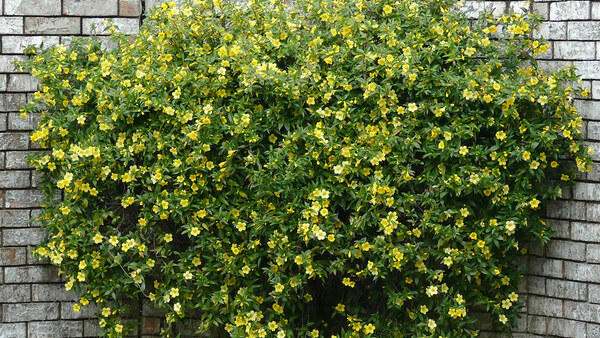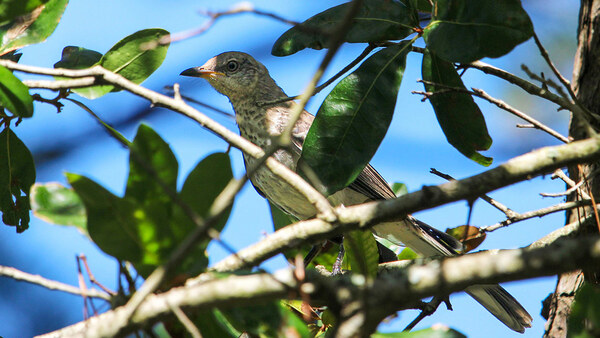
When I bought my house, it was clear that the previous owners had once fallen in love with the promise of weed-controlling, high-coverage ground covers. It worked a little too well. By the time I took ownership, the lawn, edge of the woods, and flower beds were overrun with periwinkle (Vinca minor, Zones 4–9), creeping Charlie (Glechoma hederacea, Zones 3–10), and English ivy (Hedera helix, Zones 5–11). I was left with the conundrum of how to get rid of the English ivy and these other troublesome plants. I didn’t want to use weed killers since they can be harmful to the environment and I had nearby plants that I wanted to salvage.
Use the dormant season to get ahead
If you find yourself in my shoes, know that winter is your best chance to get ahead. The dormancy of nearby plants leaves these evergreen vines exposed and easy to pull up with little to no collateral damage. While these vines act like a Hydra for most of the year, sprouting new heads any time one is cut, their growth stagnates in winter. During the dormant season, you can take your time pulling them up without fear of losing ground. And as a bonus, ticks and mosquitos won’t make a feast of you while you’re working.

Removing invasive ground covers by hand is highly effective
The job can be done with only gloves and a hand rake for any hard soil. Tenacity will be your greatest tool. English ivy, periwinkle, and most other ground covers spread by stolons or rhizomes that root down as the plant spreads. This means that it’s imperative not only to pull the plant’s roots up but also to follow each runner and keep pulling. Removing vines by hand is a tedious task, but it’s the most effective way that I’ve found, and the victory of bare soil is worth the effort.
Once you’ve got your pile of evicted roots and runners, be sure to throw the debris away in a garbage bin. These plants can and will regrow from just about nothing, and you don’t want to leave a nasty surprise for yourself in spring. Even after the most thorough sweep, you’ll inevitably see new growth in your reclaimed area. Pull it up as soon as you spot it.

Sheet mulching smothers plants
Sheet mulching the affected area can help prevent any invasive material from regrowing and new weeds from taking over. Cardboard or newspaper are great, inexpensive, and abundant materials for weed control. I personally remove as much of the roots as possible from an area and then lay a quilt of cardboard or newspaper over the soil. The key is to overlap the edges so that nothing can grow up between the pieces. Then cover the cardboard or newspaper with mulch, and water occasionally until everything has decomposed. This method smothers any vegetation beneath it.

What to do if English ivy is growing up your tree
English ivy can become an even nastier headache if it climbs the trees in your yard. The cultural method to tackle this problem is to cut the base of the stems and pull off what vines you can, leaving the rest to die and fall off on their own. For more information on this method, check out the fact sheet put out by the North Carolina Cooperative Extension.
By using the dormant season to eradicate these invasive ground covers, you can then look forward to starting spring with a clean slate.
For more on identifying and getting rid of invasive plants, check out:
—Cheyenne Wine is a writer and photographer for Rare Roots Nursery in Mechanicsville, Virginia.
Photos, except where noted: Cheyenne Wine


















Comments
Log in or create an account to post a comment.
Sign up Log in